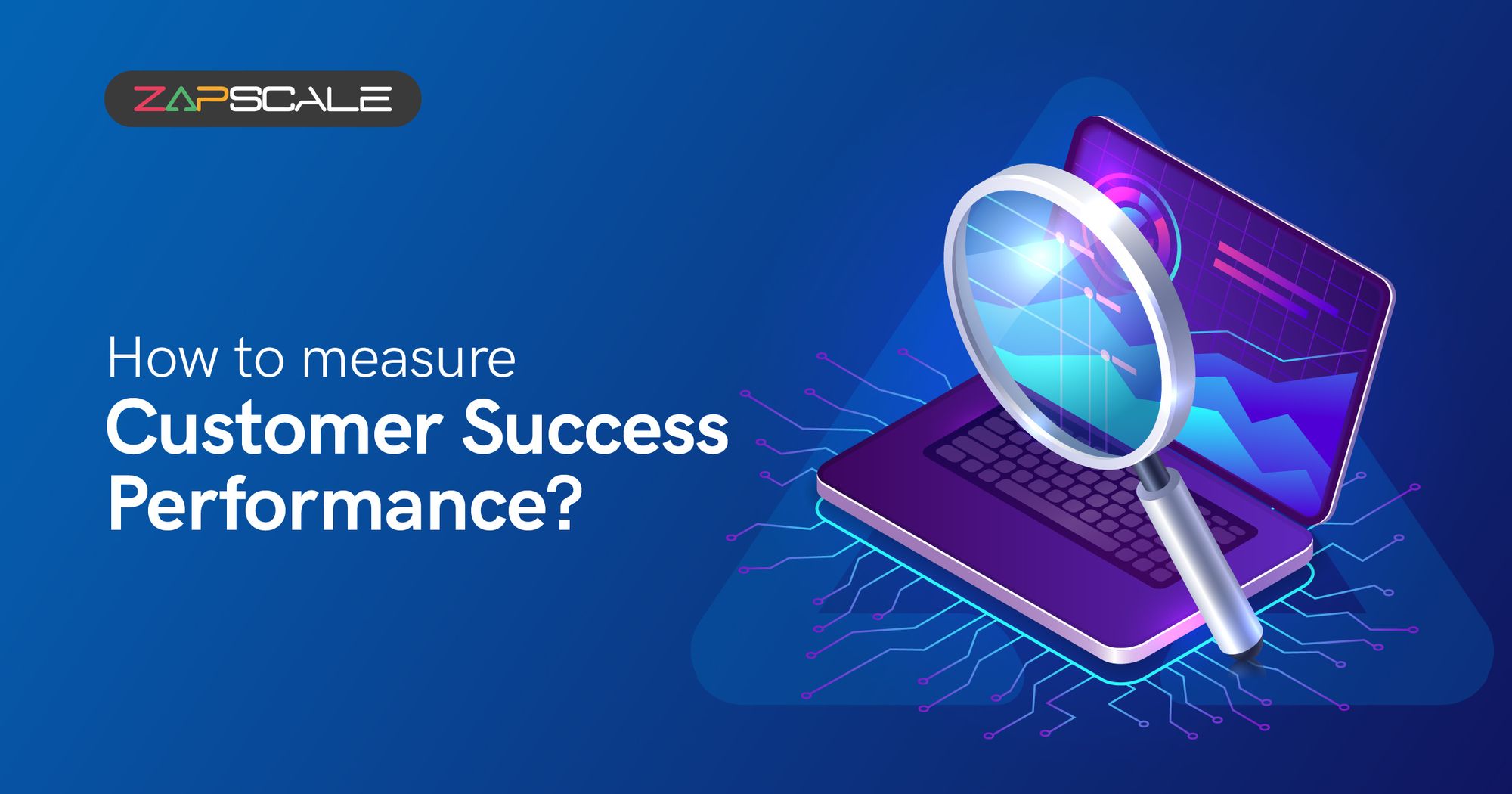How Do You Measure Business Performance
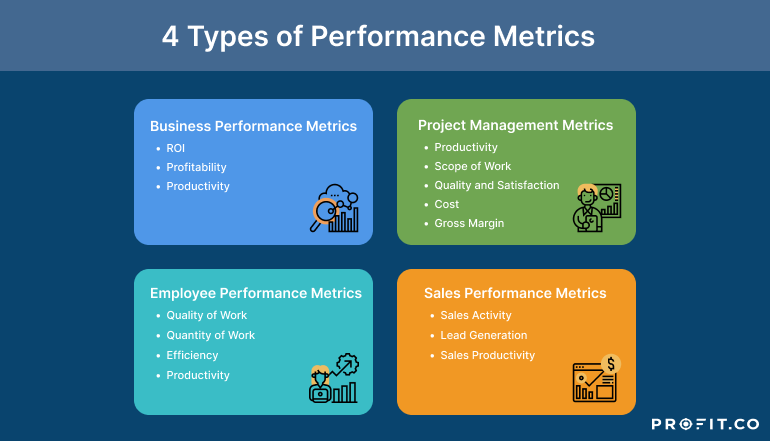
Businesses face a constant pressure to not only survive, but thrive. Understanding how to accurately measure performance is no longer optional; it's a matter of survival.
This article cuts through the jargon, delivering the essential metrics and methods you need to gauge your business's true health, allowing you to make informed decisions and steer your company towards success.
Key Performance Indicators (KPIs): The Foundation
KPIs are the quantifiable metrics businesses use to track progress toward specific goals. Identifying the *right* KPIs is crucial.
These vary depending on the industry, business model, and strategic objectives, but some common examples include revenue growth, customer acquisition cost (CAC), and customer retention rate.
Revenue growth tracks the increase in sales over a specific period. A healthy growth rate indicates strong market demand and effective sales strategies.
Financial Performance Metrics
Profit margin, return on investment (ROI), and cash flow are essential for assessing financial health. Profit margin reveals how efficiently a company converts revenue into profit.
ROI measures the profitability of investments, while cash flow indicates the company's ability to meet its short-term obligations.
According to a 2023 study by Deloitte, companies that actively monitor and manage these financial metrics are 25% more likely to achieve their financial targets.
Customer-Centric Metrics
Customer satisfaction, net promoter score (NPS), and churn rate are vital for understanding customer loyalty and retention. NPS gauges customer willingness to recommend the business.
Churn rate indicates the percentage of customers who discontinue their service or product. A high churn rate signals potential problems with customer experience or product value.
Data from Forrester Research suggests that companies with high customer satisfaction scores tend to outperform their competitors in terms of revenue growth.
Operational Efficiency Metrics
Inventory turnover, order fulfillment time, and employee productivity are crucial for streamlining operations and reducing costs. Inventory turnover measures how efficiently a company manages its inventory.
Order fulfillment time tracks the time it takes to process and deliver an order. Employee productivity assesses the output per employee, revealing areas for improvement in workforce management.
A 2022 report by McKinsey & Company highlights that businesses focusing on operational efficiency often experience significant cost savings and improved profitability.
Tools and Technologies for Measurement
Leveraging technology is essential for effective performance measurement. Business intelligence (BI) tools, data analytics platforms, and customer relationship management (CRM) systems provide valuable insights.
BI tools aggregate and visualize data from various sources, making it easier to identify trends and patterns. Data analytics platforms offer advanced statistical analysis capabilities.
CRM systems track customer interactions and provide valuable data on customer behavior and preferences. Salesforce and Tableau are examples of frequently used software to measure performance.
Regular Monitoring and Reporting
Performance measurement should not be a one-time activity. Regular monitoring and reporting are essential for tracking progress and identifying areas for improvement.
Establish a schedule for reviewing KPIs and generating performance reports. Share these reports with relevant stakeholders to ensure everyone is aligned on the company's goals and progress.
According to the Harvard Business Review, companies that implement regular performance reviews are more likely to achieve their strategic objectives.
Next Steps: Data-Driven Decisions
The key is to use data-driven insights to make informed decisions. By continuously monitoring performance, businesses can identify areas for improvement, optimize their strategies, and achieve sustainable growth.
Regular assessment of KPIs and a commitment to continuous improvement are crucial for long-term success.
The challenge now is to implement these measurement strategies and actively work towards optimizing performance based on the insights gained.
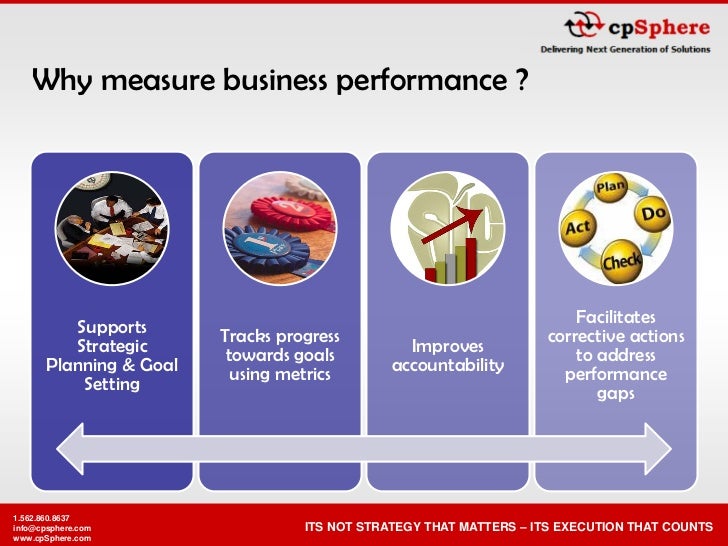

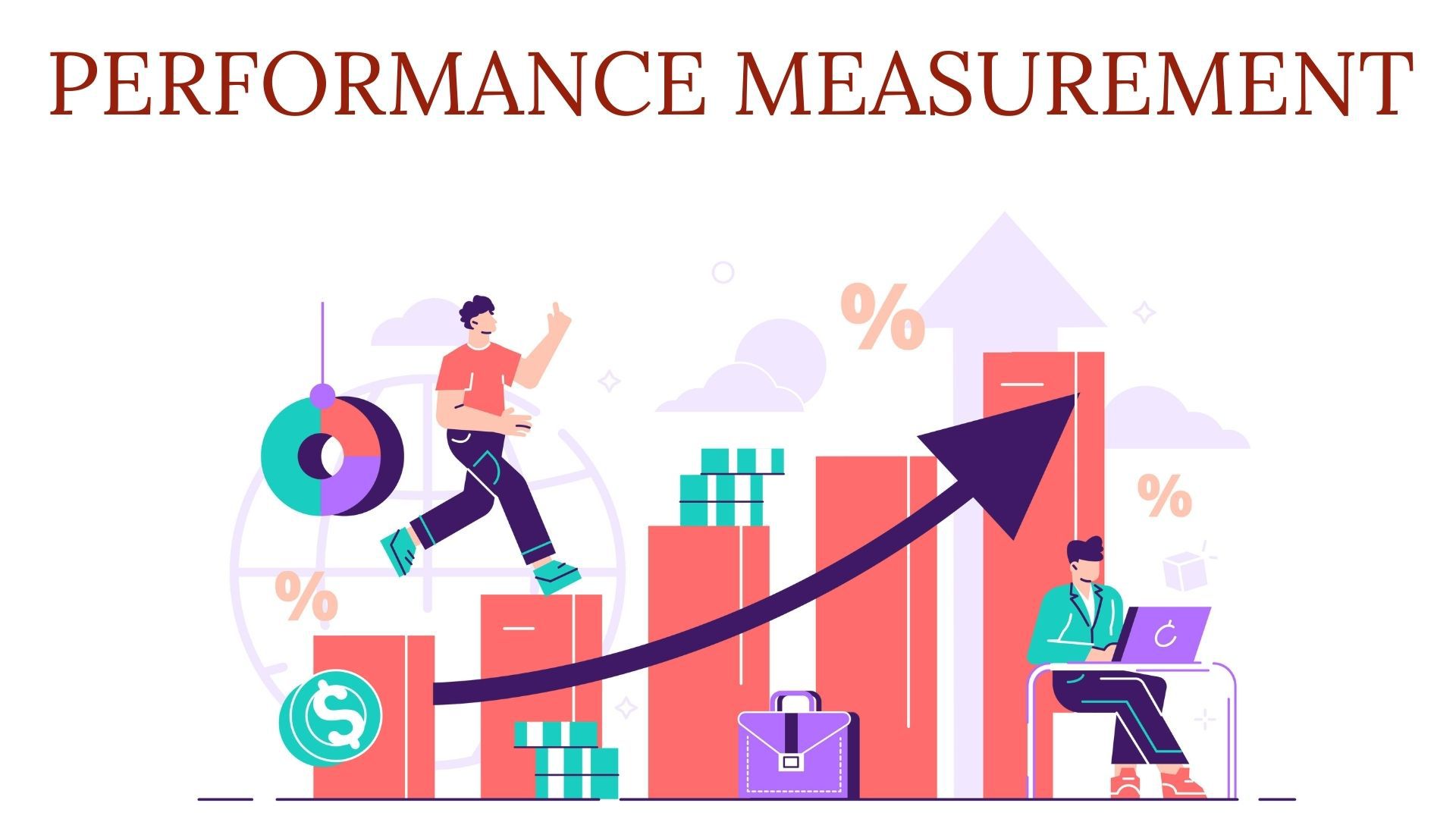


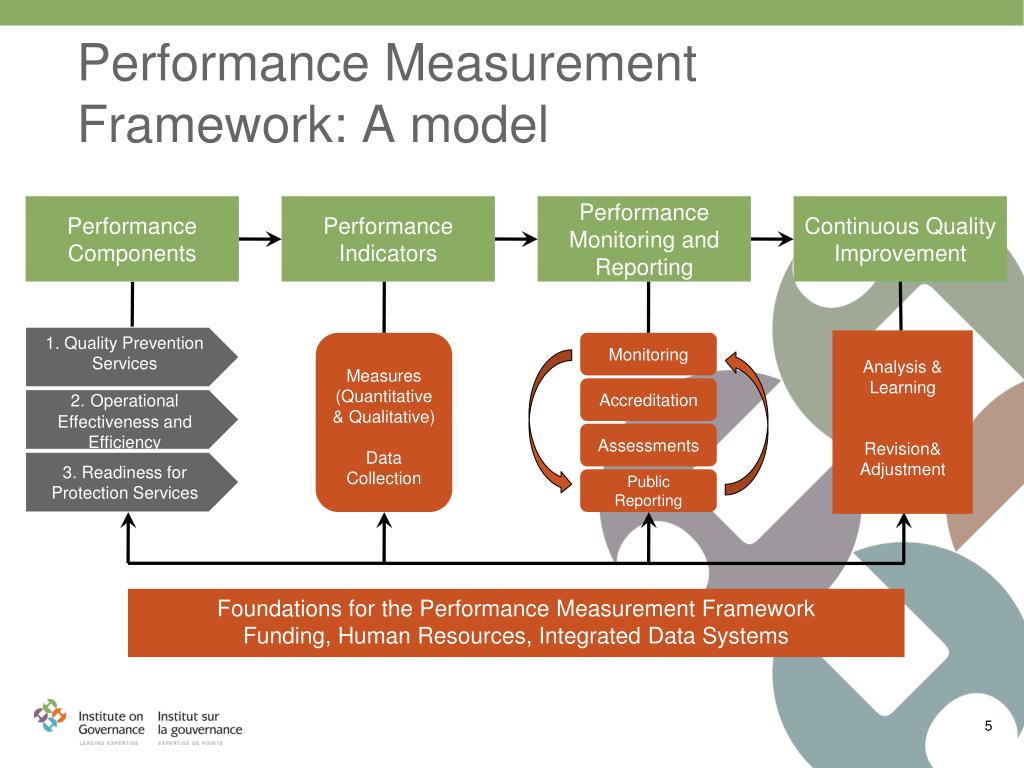
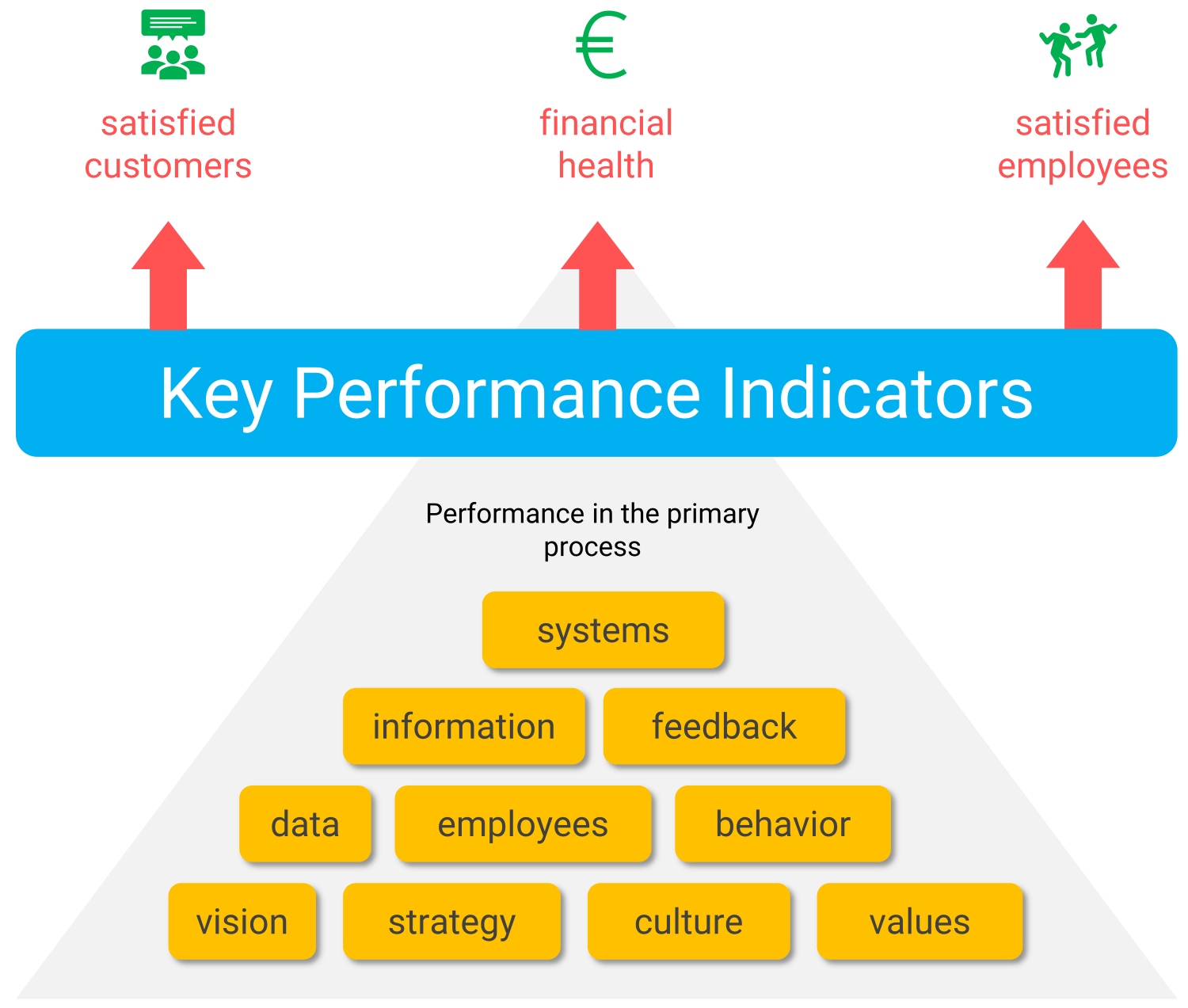


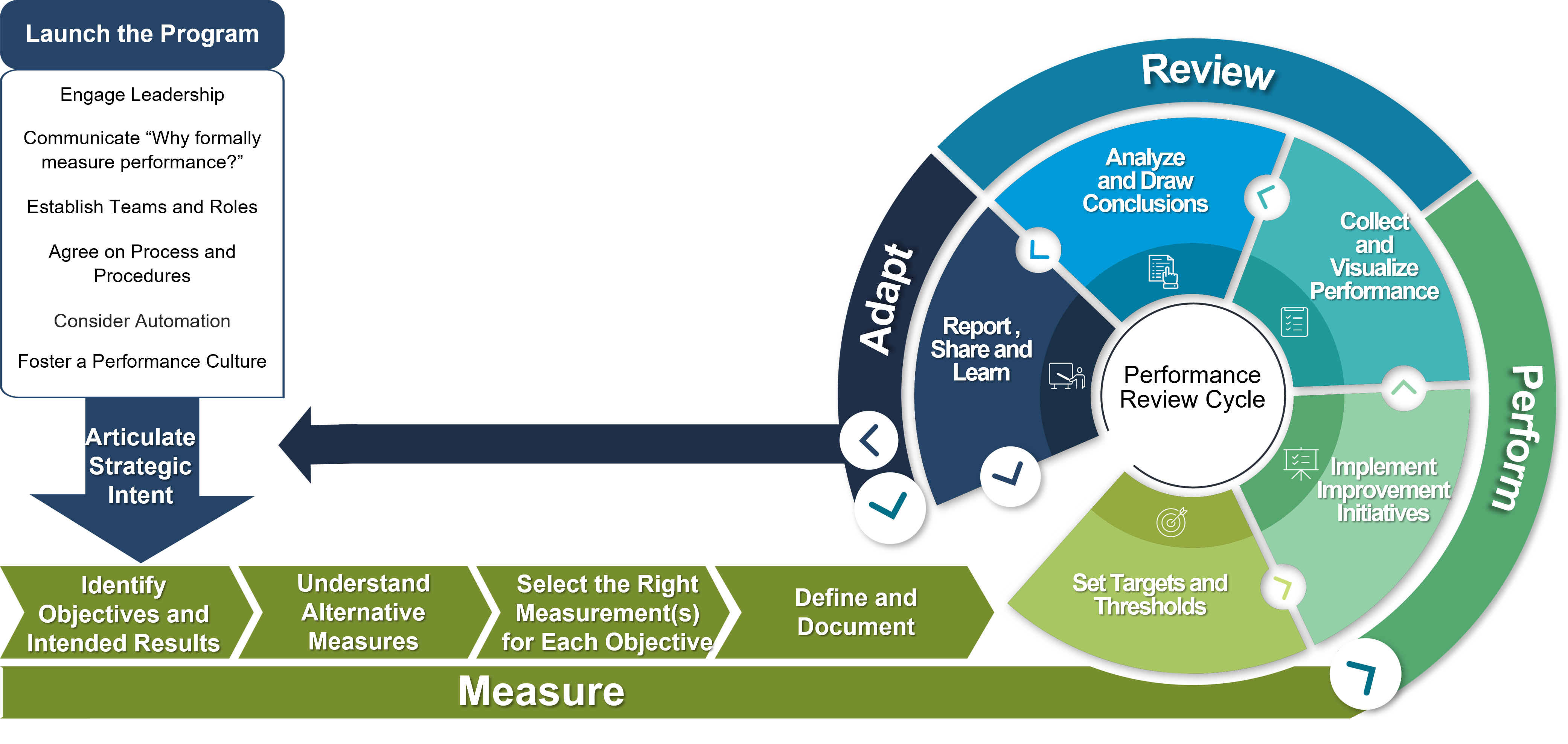
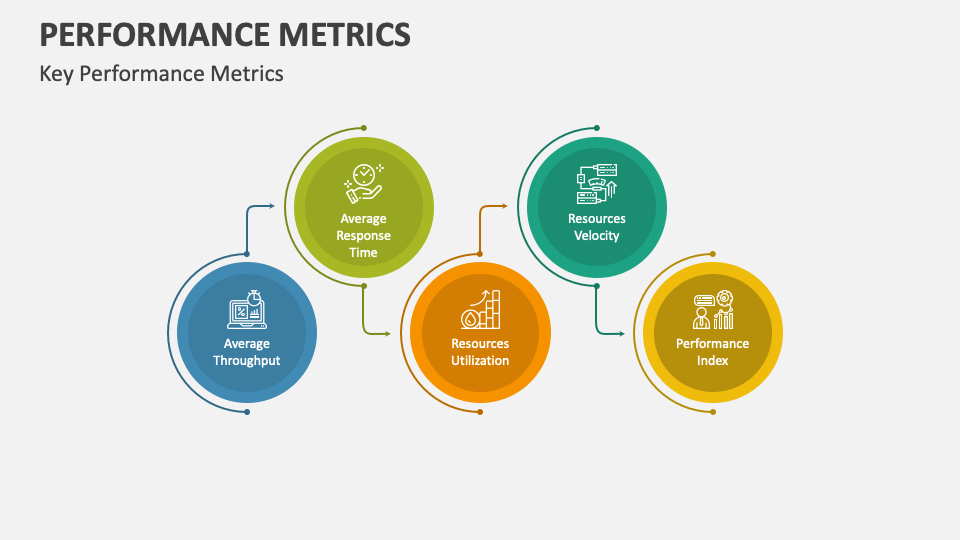


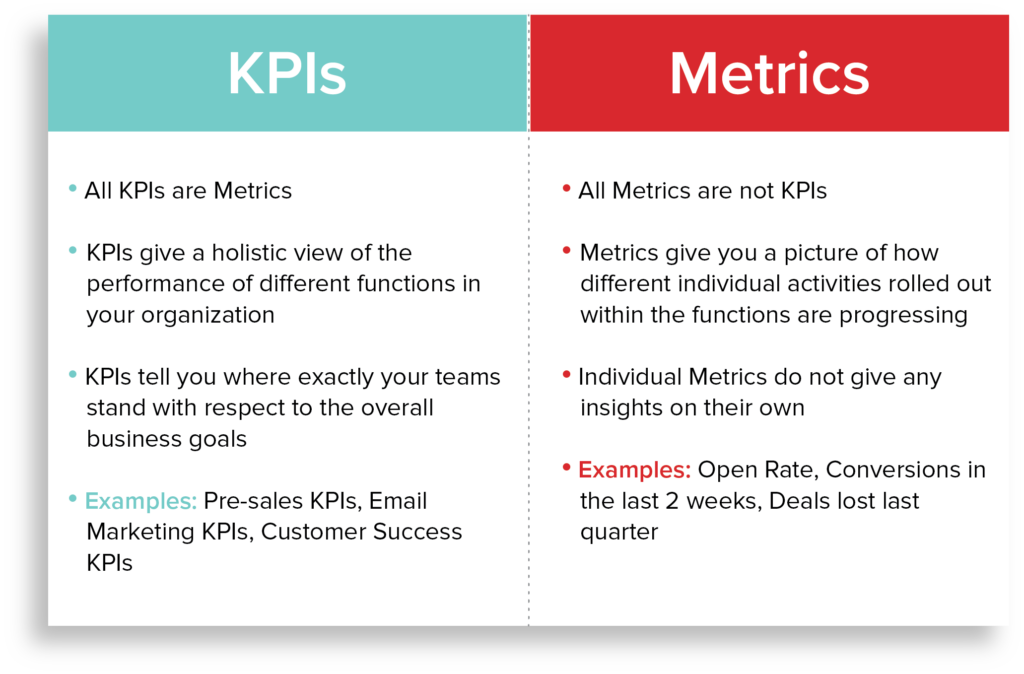
:max_bytes(150000):strip_icc()/key-performance-indicators-2275156-v4-HL1-f9d0bf761c254f748d5ff192ec52b2c4.png)
